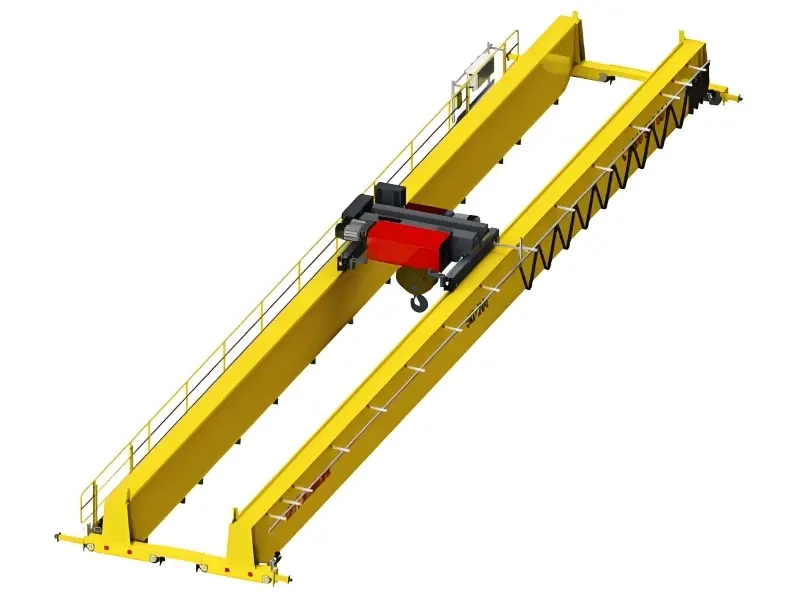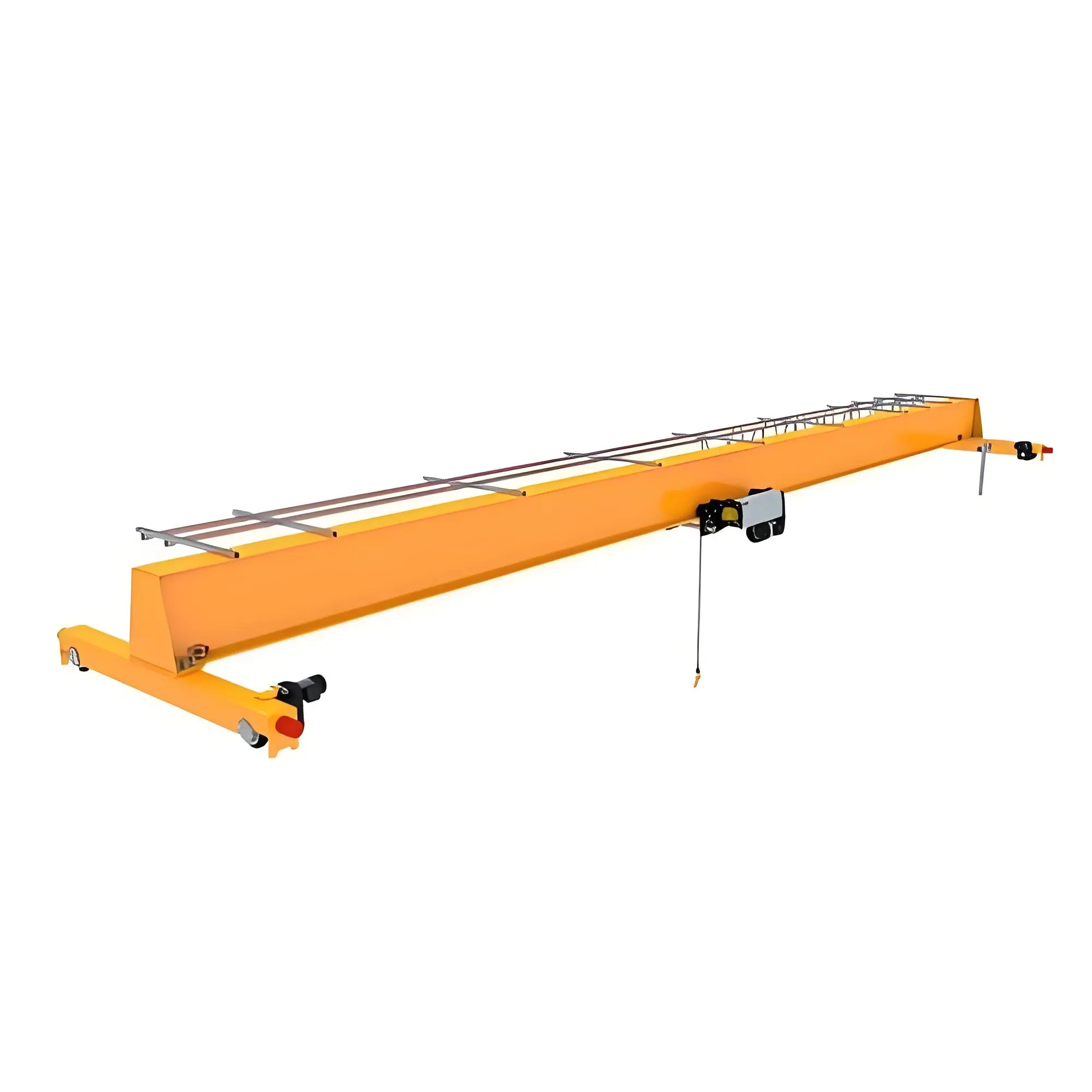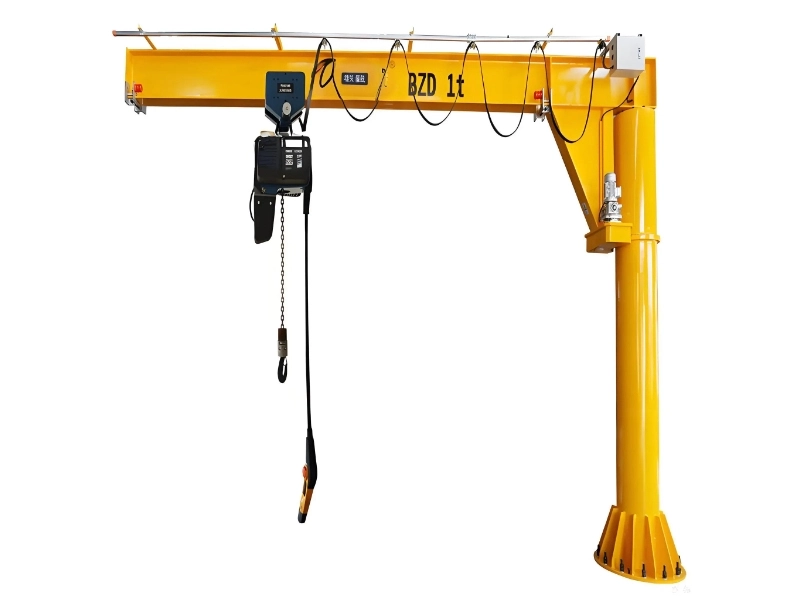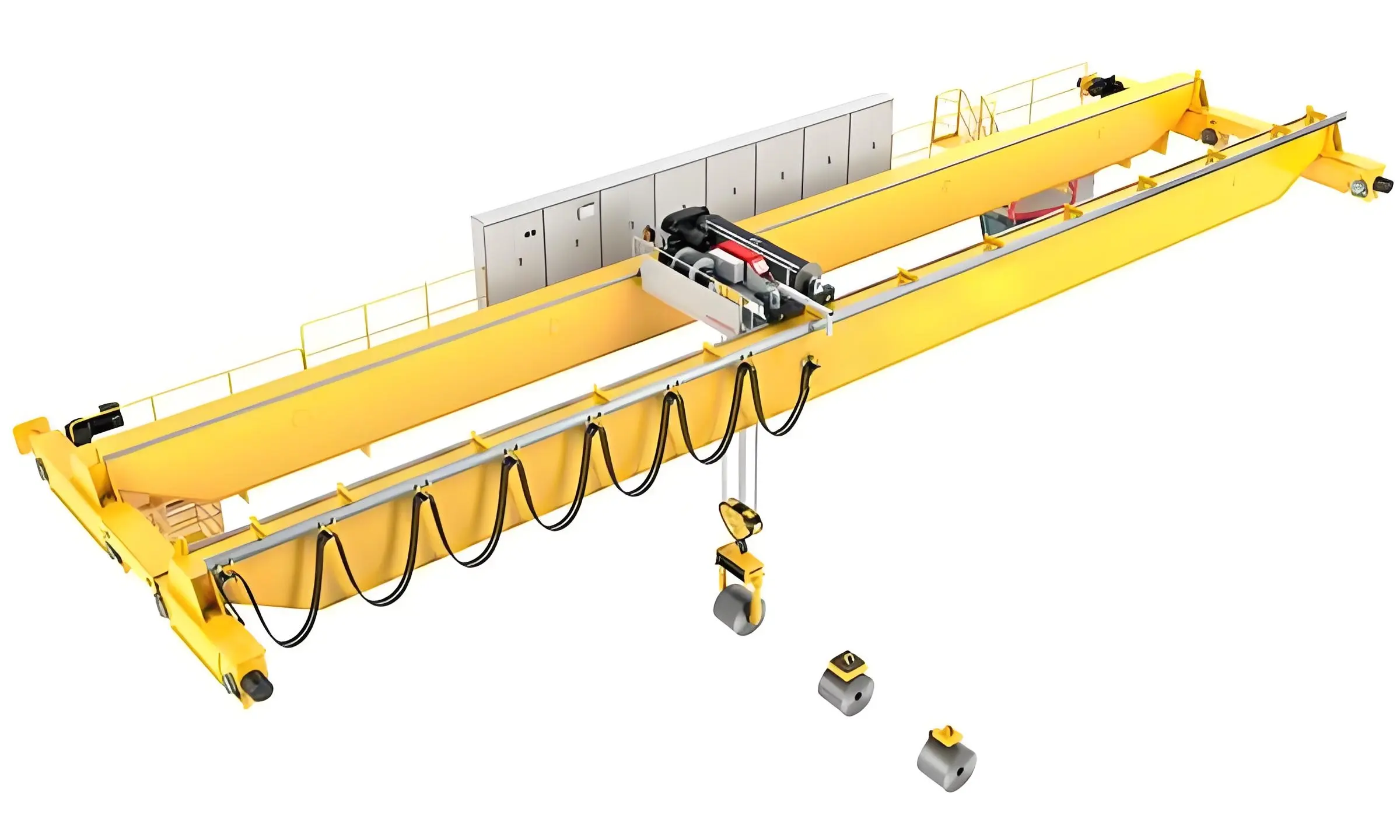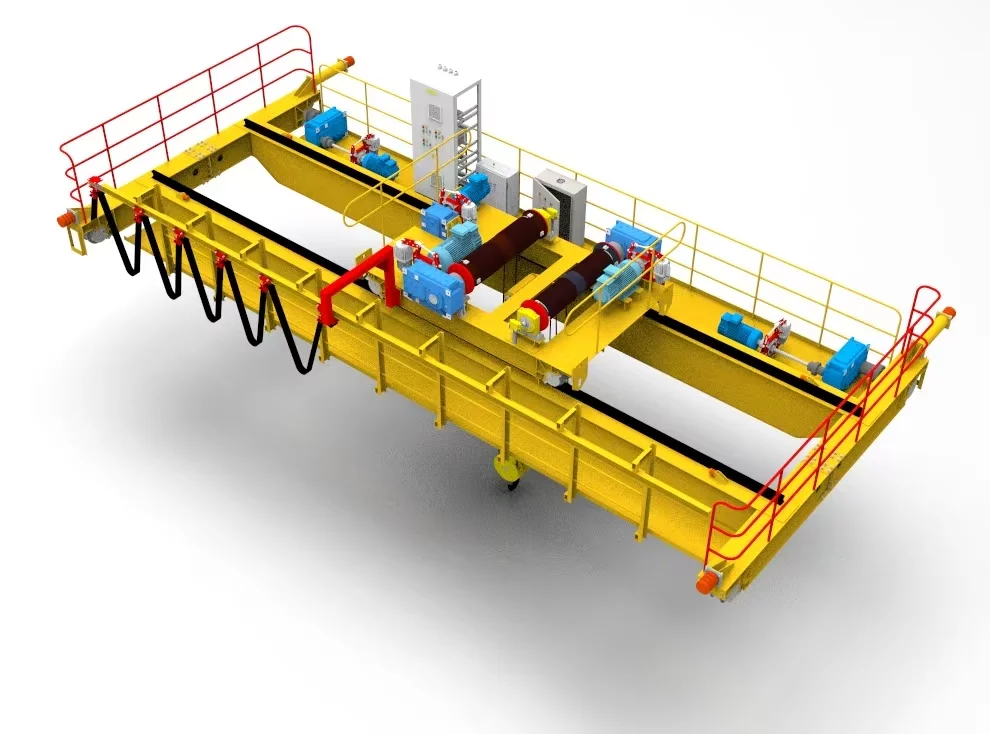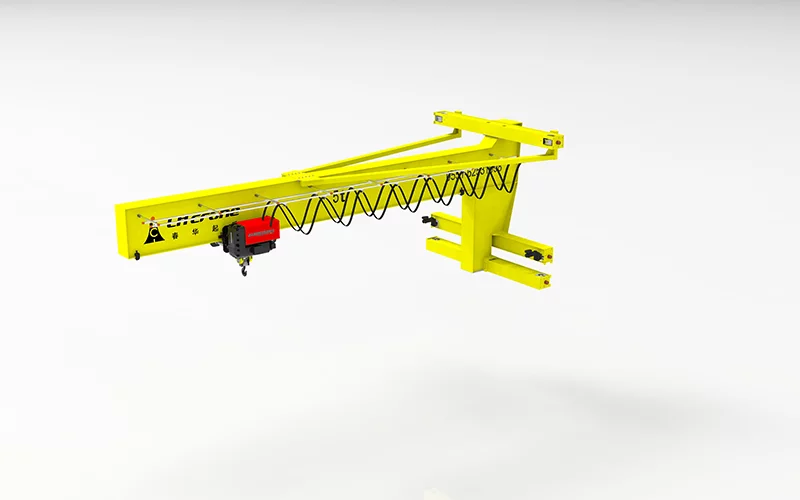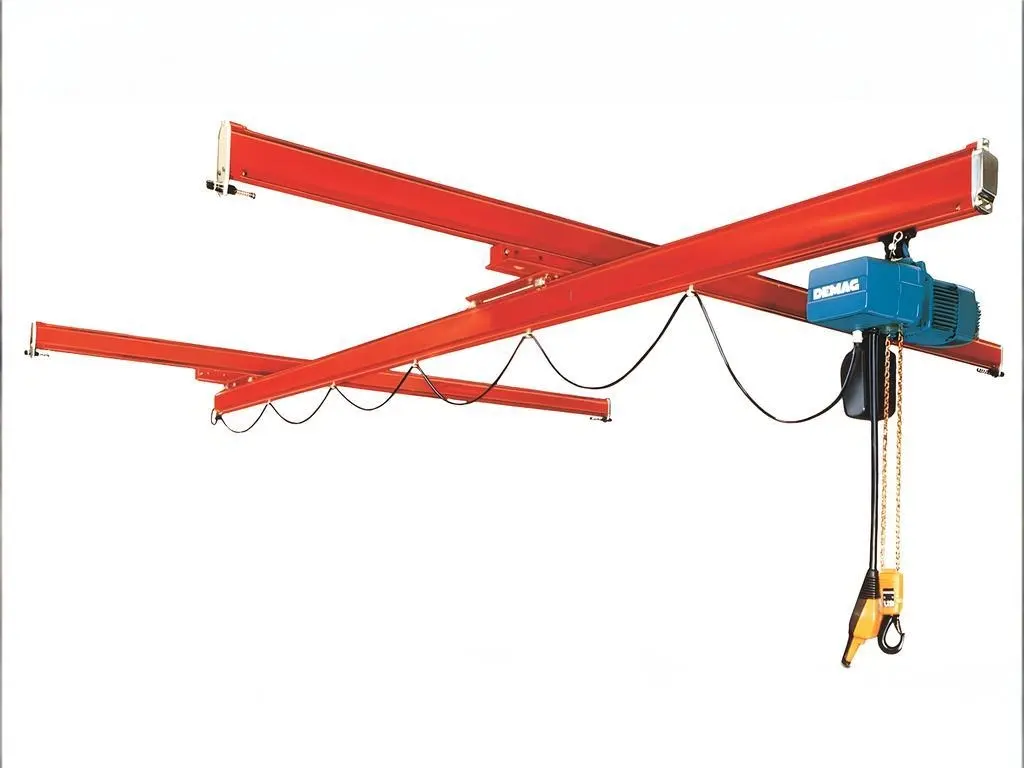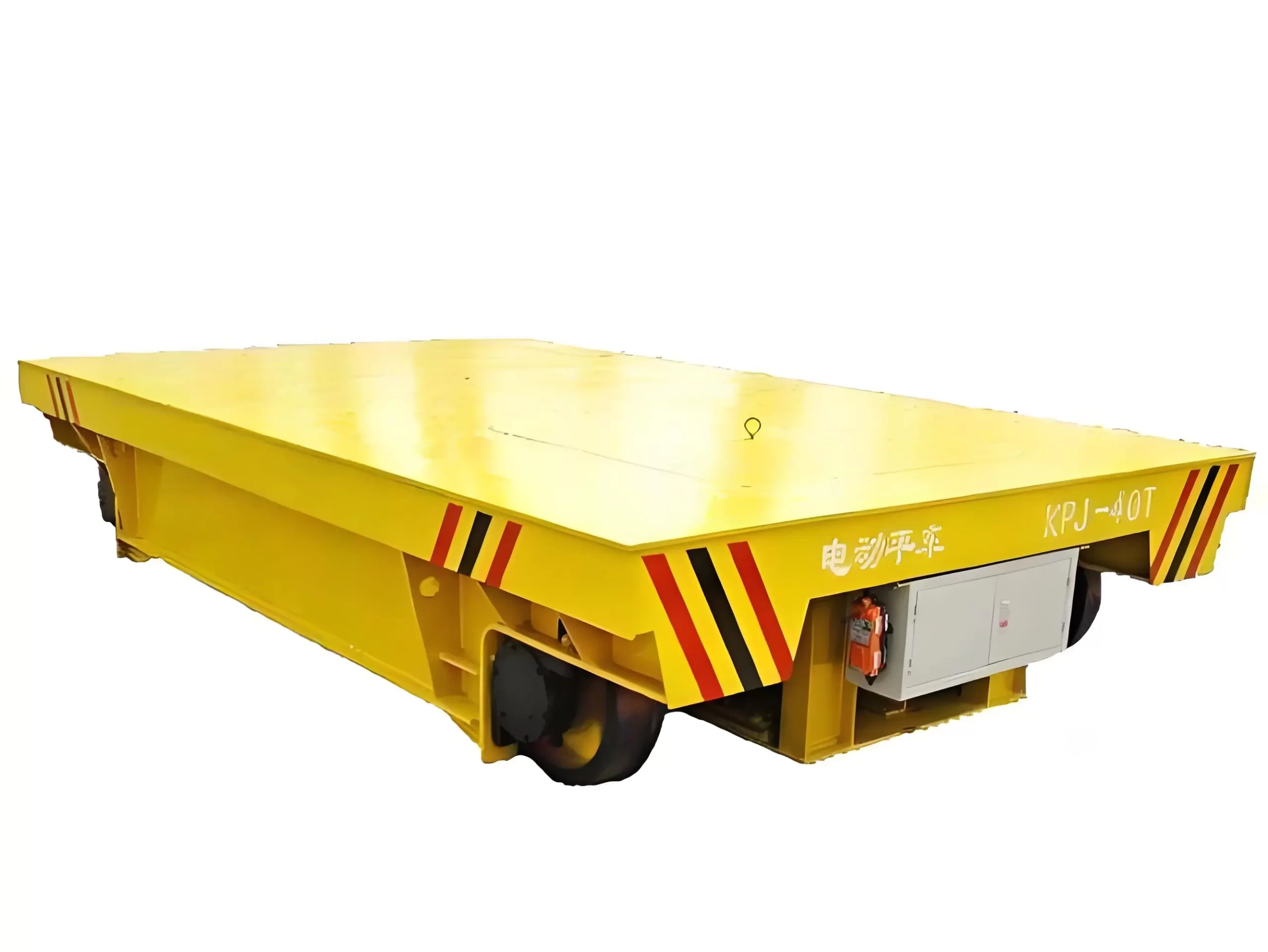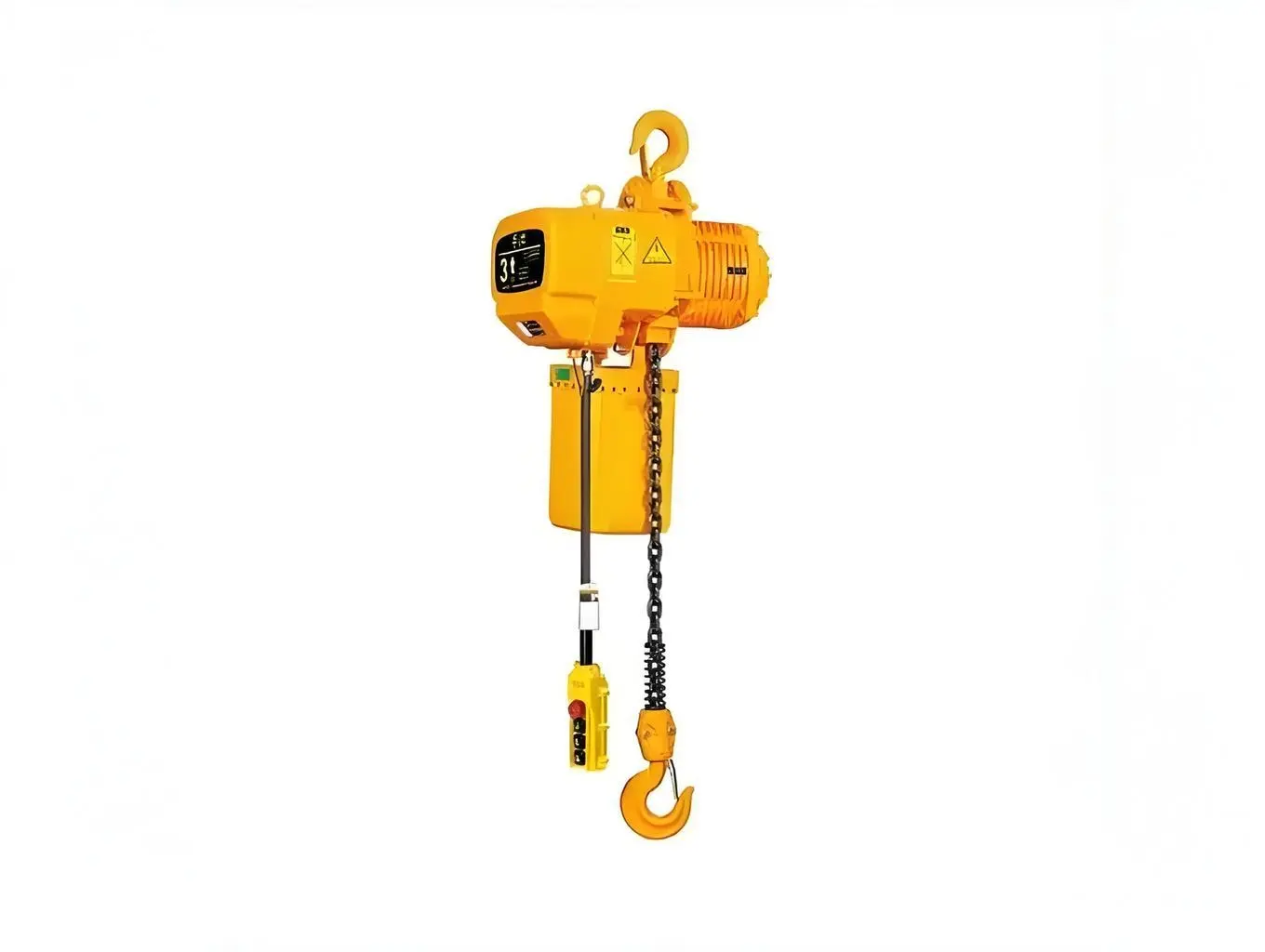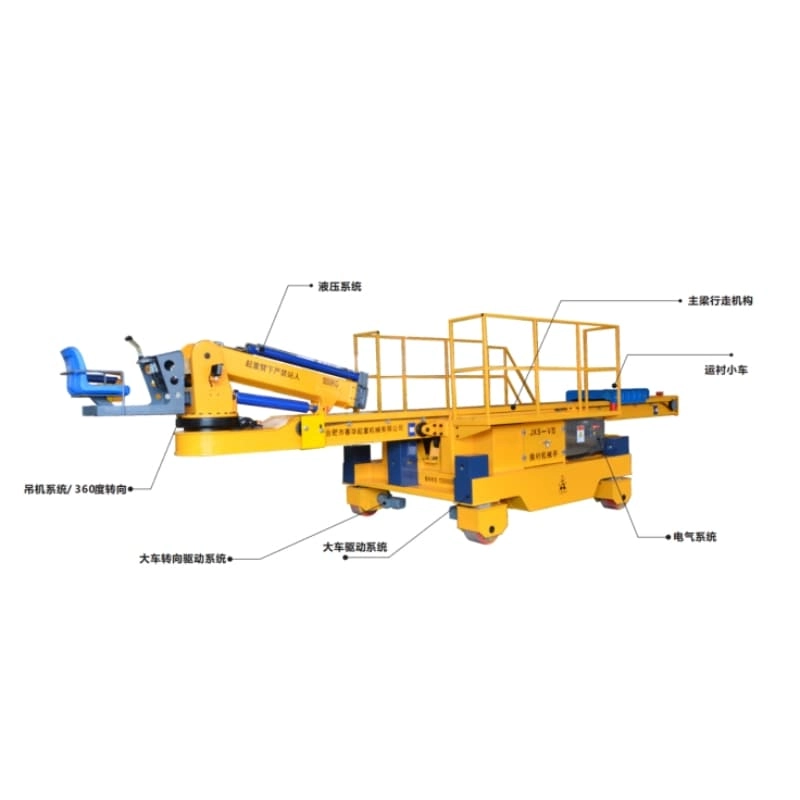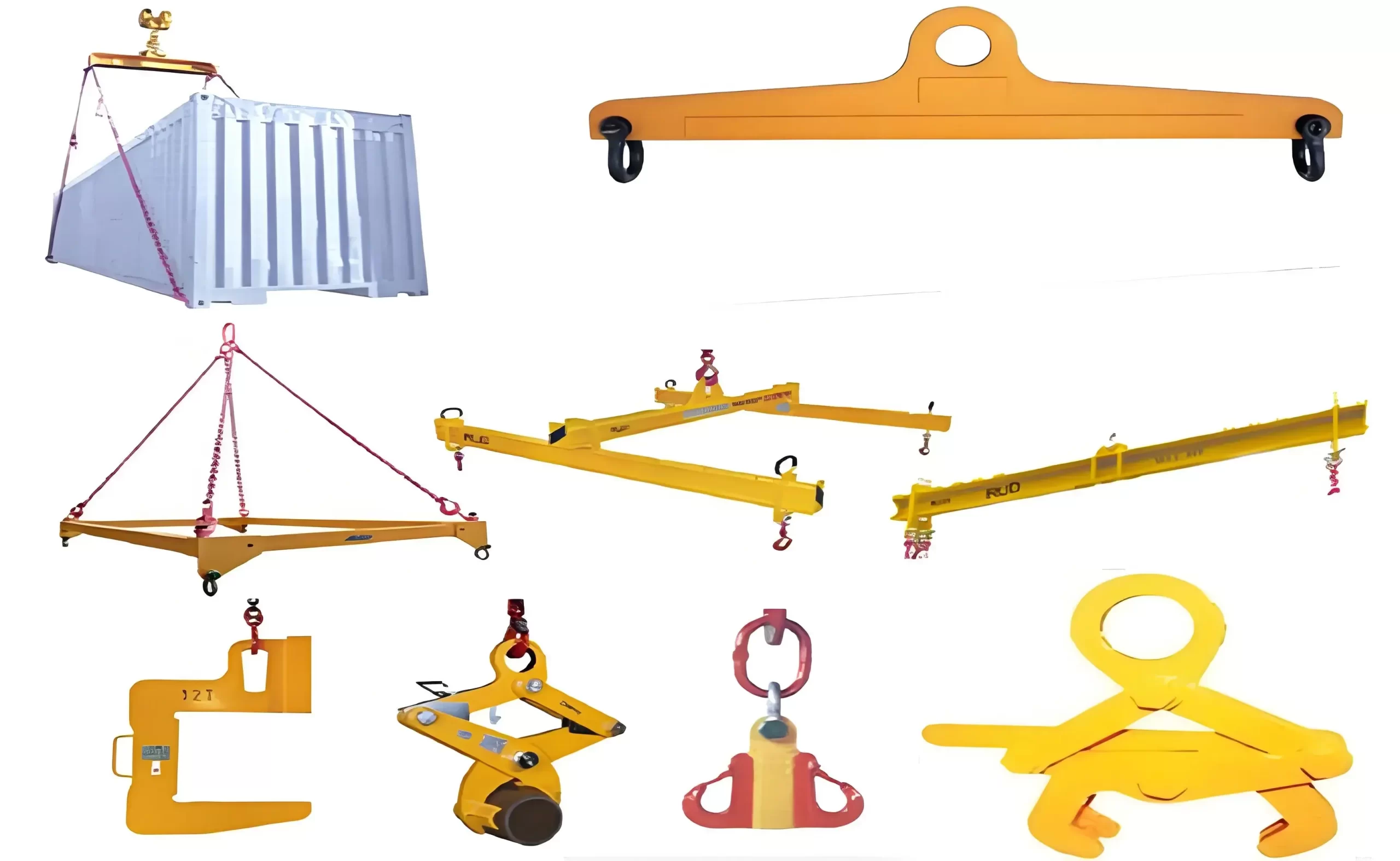Crane accidents can result in serious casualties and property losses, and accidents are usually the result of multiple factors.
Common causes
Operational errors:
Operators have not received professional training or have not performed operations in accordance with operating specifications, such as overloading, wrong lifting, etc. Especially in the operation of tower cranes or bridge cranes, if the operator lacks experience or knowledge, it is easy to make mistakes.
Equipment failure:
The key components of the crane, such as the boom, brake system, hydraulic system, etc., are damaged or faulty, and they are not repaired or replaced in time.
Overload:
The load exceeds the rated load capacity of the crane, or the load is unevenly distributed, causing the crane to lose control.
Environmental factors:
Environmental factors such as strong winds, rain and snow, uneven ground or weak foundations may affect the stability of the crane.
Lack of safety measures:
On-site safety measures are not in place, and there is a lack of effective safety equipment such as fences and warning signs.
Improper personnel management: Personnel in the operating area do not comply with safety regulations, or unauthorized personnel enter the crane working area, increasing the risk of accidents.
Crane design defects:
Crane design or manufacturing defects, such as load capacity that does not meet requirements.
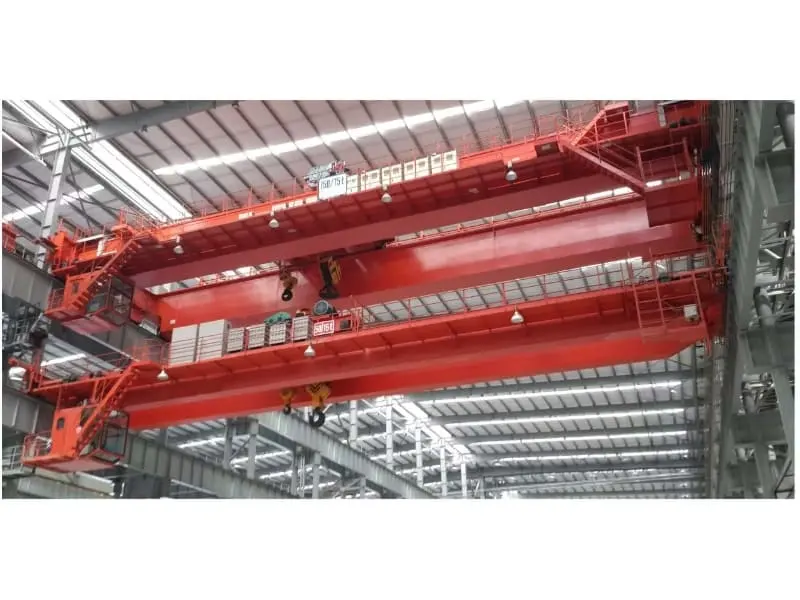
Preventive measures
Regular inspection and maintenance:
Carry out regular inspection and maintenance of heavy crane equipment to ensure that it is in good working condition, especially key components such as hydraulic system, wire rope, crane arm, brake system, etc.
Improve the quality of operators:
Strengthen the training of operators, especially the training of new equipment and new technologies, to ensure that they master the correct operation methods and emergency handling capabilities.
Establish emergency plans:
Prepare emergency plans for emergencies and conduct emergency drills regularly to ensure that operators can respond quickly and effectively in the event of failures or accidents.
Environmental assessment and monitoring:
Install monitoring equipment to monitor the working status of the crane in real time and report any abnormalities in time. Before lifting operations, evaluate the environmental conditions of the work site, including weather, ground stability, etc., to ensure the safety of mechanical lifting crane operations.
Construction of safety protection facilities:
Establish necessary safety protection facilities at the crane operation site, such as safety fences, warning signs, and safe havens, etc., to ensure that non-operating personnel do not enter the dangerous area.
Strictly abide by the operating regulations:
Strictly abide by the operating regulations and prohibit any overload operations or unauthorized lifting operations. For complex or high-risk lifting operations, risk assessment and scheme demonstration are carried out to ensure that the operation plan is reasonable.
Measures such as strengthening operator training, regularly checking equipment, strictly abiding by operating procedures and assessing environmental conditions can effectively prevent crane accidents.

